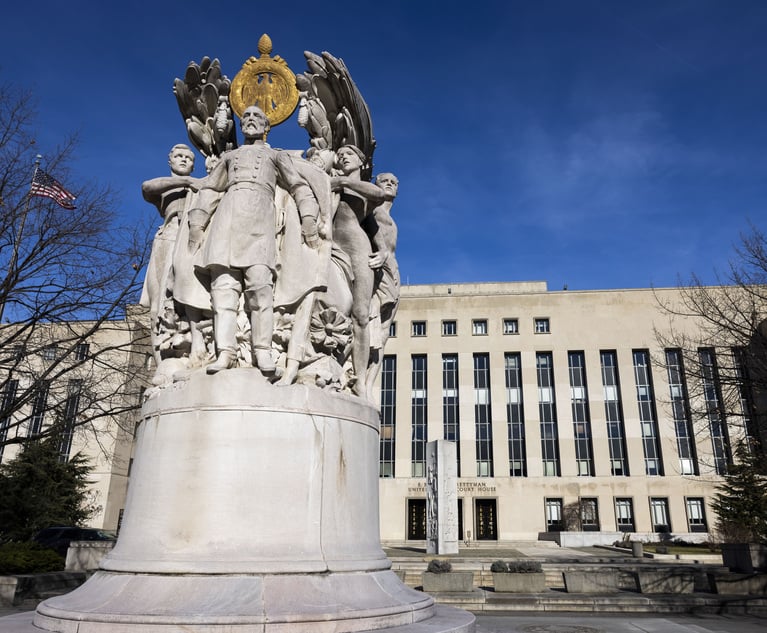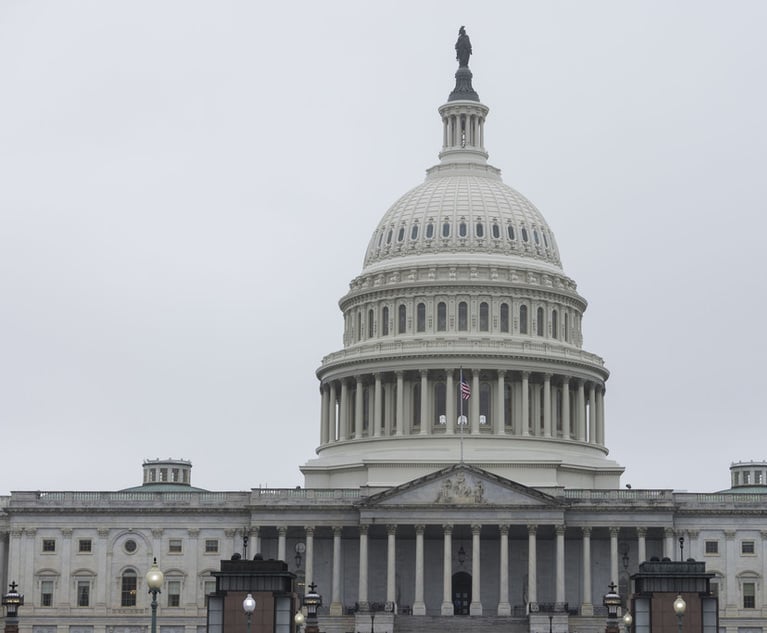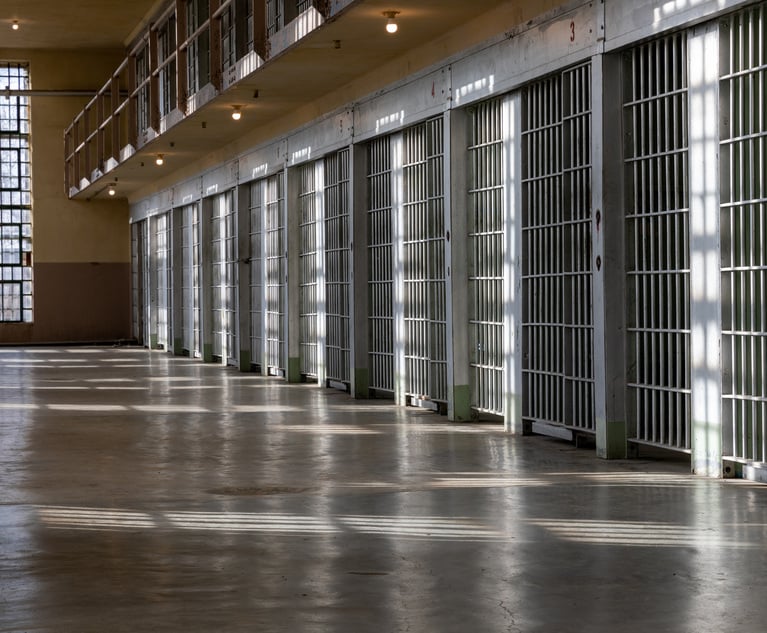Since the Payroll Protection Program (PPP) became law March 27, businesses who applied and obtained PPP loans, or considered applying for them, were given a roller coaster ride of uncertainty as to whether, and under what terms, the loans would be forgiven. First, PPP borrowers who had existing lines of credit with other lenders—not prohibited under PPP—were condemned by Congress and the Treasury Secretary and threatened with criminal investigation. Later, when it became apparent that the rigid requirements for loan forgiveness were unworkable for the businesses most in need, Congress passed legislation to loosen the requirements for PPP loan forgiveness. Still, the current political climate ensures that uncertainty over loan forgiveness will continue. For those borrowers who are denied meaningful loan forgiveness and must add short-term SBA debt to their balance sheets, there is an alternative to reduce the additional debt load: the Small Business Debtor Reorganization Act, Subchapter V to Chapter 11 of the Bankruptcy Code. Subchapter V became law last February.
It Will Be Difficult for Most Small Businesses to Meet PPP Loan Forgiveness Requirements
Businesses with 500 or fewer employees will have trouble making the PPP work for them because of the high standard the law set for the full amount of the loan to be forgiven. Under prior PPP law, businesses had to use 75% of the loan in eight weeks for employee payroll at pre-pandemic staffing levels. The June 5 amendments to the PPP law reduced the payroll requirement to 60% and extended, by 16 weeks, the time to spend the loan. Still, these and other requirements of the PPP make it difficult for small businesses to obtain complete loan forgiveness. Borrowers get only part of their PPP loan forgiven if they operate at reduced staffing levels and do not rehire or replace workers who were furloughed during the shutdown. By the time a distressed business receives the funds, its payroll, in all likelihood, will have already been reduced to keep the business alive. The forgiveness aspect of the loan won’t work for businesses operating on a limited basis or not at all, or for businesses whose payroll costs are relatively low compared to inventory and supply expenses. And those businesses who received PPP loans before recent change in the PPP law will continue to be required to pay back the loan within two years. For most companies, this will mean adding a more short-term debt to their balance sheets at a time they can least afford it.


 Thomas Lehman, Levine Kellogg Lehman Schneider.
Thomas Lehman, Levine Kellogg Lehman Schneider.




